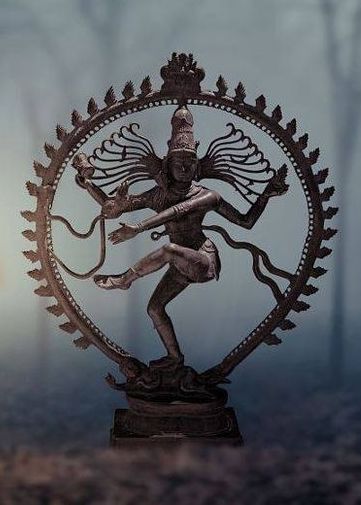Yazh Academy offer Bharatanatyam classes, a classical Indian dance form. Our skilled instructors teach the intricate footwork, hand gestures (mudras), facial expressions (abhinaya),and body movements that characterize Bharatanatyam. Students learn to interpret stories from Indian mythology and folklore through expressive dance sequences. We emphasize the understanding of rhythm (tala) and musicality, as well as the cultural and historical significance of this art form. With a focus on discipline and grace, we strive to instill a deep appreciation for the rich traditions and aesthetics of Bharatanatyam while nurturing the individual artistic expression of each student.
About Bharatanatyam
Bharatanatyam is one of the oldest and most well-known classical dance forms of India, originating from the southern state of Tamil Nadu. Here’s a brief overview:
1. History: The roots of Bharatanatyam can be traced back to the ancient scriptures and temple sculptures from more than 2000 years ago. It was systematically recorded in the Natya Shastra, an ancient treatise on performing arts written by the sage Bharata.
2. Performance: The dance is characterized by its fixed upper torso, bent legs, and stylized hand gestures called “mudras”. Footwork, body movements, facial expressions, and hand gestures all play crucial roles in conveying stories, emotions, and themes.
3. Nritta and Nritya: Bharatanatyam is made up of two main components:
– Nritta: The rhythmic and abstract component, emphasizing footwork and pure dance.
– Nritya: The expressive component, where the dancer tells a story using facial expressions, hand gestures, and movements.
4. Themes: Most of the themes are based on Hindu mythology and scriptures, focusing on the tales of gods and goddesses like Shiva, Vishnu, and their incarnations. Devotion, love, and moral values are common themes.
5. Costumes: Dancers typically wear brightly colored sarees with traditional jewelry, including a headpiece. The costumes are ornate, emphasizing the beauty and grace of the dancer.
6. Music: The music accompanying Bharatanatyam is typically Carnatic (the classical music of South India). A live ensemble can include a singer, a mridangam (drum) player, a flutist, and a violinist.
7. Revival: Although it’s an ancient art form, Bharatanatyam faced a decline during the British colonial period but saw a significant revival in the early 20th century. Pioneers like Rukmini Devi Arundale played a crucial role in this revival, bringing respectability and global recognition to the art form.
8. Today: Bharatanatyam is practiced and performed worldwide. Schools teaching this dance form can be found globally, making it one of India’s most recognized cultural exports.
To fully appreciate Bharatanatyam, one should experience a live performance, where the intricate movements, vibrant costumes, and evocative music come together to tell captivating stories.
For Enquiry Offline or Online Classes
Google Reviews
 Durka Devi2023-09-02It's a best academy to learn music in a friendly manner. The teachers are well qualified.
Durka Devi2023-09-02It's a best academy to learn music in a friendly manner. The teachers are well qualified. jothi thomas2023-08-01My son is learning keyboard and my daughter is learning drawing in Yazh academy for 3 years the way the teach is really good and the master is really friendly and kind.
jothi thomas2023-08-01My son is learning keyboard and my daughter is learning drawing in Yazh academy for 3 years the way the teach is really good and the master is really friendly and kind. Ramesh Kumar2023-08-01My Kids are learning music in good atmosphere...
Ramesh Kumar2023-08-01My Kids are learning music in good atmosphere... G Mahalakshmi2023-07-31It is a great place to learn music. Giving chance to each student for improving their individual talent.
G Mahalakshmi2023-07-31It is a great place to learn music. Giving chance to each student for improving their individual talent. Pavithra Srinivasan2023-07-31Lovely team who are very much interested in developing the talent of the children. Happy to be here
Pavithra Srinivasan2023-07-31Lovely team who are very much interested in developing the talent of the children. Happy to be here udhayakumar vedagiri2023-07-31Thanks for moulding kids to be masters in music & finearts
udhayakumar vedagiri2023-07-31Thanks for moulding kids to be masters in music & finearts Annapoorni Gubendra Gupta2023-07-31Good place to learn and excellent staffs...really great !!!Google rating score: 4.9 of 5, based on 107 reviews
Annapoorni Gubendra Gupta2023-07-31Good place to learn and excellent staffs...really great !!!Google rating score: 4.9 of 5, based on 107 reviews

